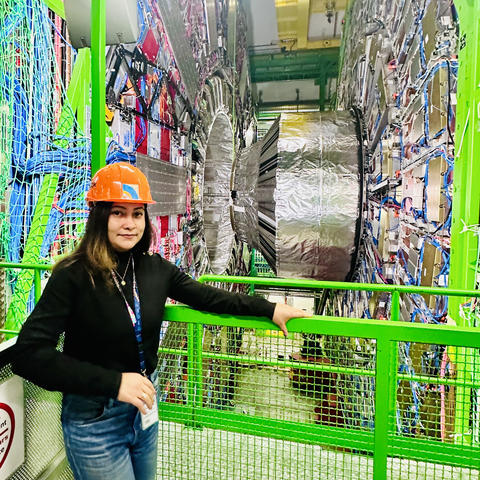As a child, Gabriela Avila-Bront’s scientist father instilled in her a curiosity for the natural world. At age 5, he brought her to a museum for her birthday. There, she discovered twice Nobel Laureate Marie Curie and the fact that they shared a birthday.
“That was it, I was sold. It was destiny,” said Avila-Bront, associate professor of chemistry.
“I was definitely the weird one, the odd one, the one they asked, ‘Why are you here?’” she said of her early years of science education. This strengthened her resolve to pursue chemistry and encourage female scientists to own who they are — strengths and weaknesses, and how to feel comfortable in their own skin. “Once they have that, you can go anywhere and contribute pretty strongly,” she said.
Pursuing a career in majority male science fields is becoming more common for women. The National Science Foundation reports that more women are working in the science, technology, engineering and math (STEM) fields than a decade ago and earning more degrees at all levels. However, when compared with the overall U.S. population, the numbers still indicate a field in which the majority of STEM professionals are men. When broken down by scientific discipline — biology versus chemistry versus physics — there is greater disparity.
Today, Avila-Bront is more optimistic, noting there is a greater sense of comradery between the sexes and there seems to be more acceptance of science being an inclusive career path.
“Every time I look out into my classroom, I realize this is not the classroom that I was in and not the one I even started teaching in at Holy Cross 10 years ago,” Avila-Bront said. “I still don’t see many female scientists in positions of power or at R1 [highly funded doctoral research] universities; however, if we’re seeing it in our classrooms, I’ve got to believe that it could be a game of numbers, and that we’re going to be able to push through and see that difference in 10 to 15 years down the line.”



